The agroforestry model of growing coffee provides a sustainable development choice for Bathia Mason farmers.

Professional coffee knowledge exchange more coffee bean information please follow the coffee workshop (Wechat official account cafe_style)
In Apu í, in Brazil's Amazon state, farmers are turning to a new mode of coffee cultivation-agroforestry-in coffee-growing areas that have almost been abandoned. They found that such a planting model can not only generate income, but also maintain the original appearance of the forest.
Apu í is located on the Trans-Amazon Highway, near the border of the state of Rond ô nia, and became a municipality in 1987 through a development project implemented under Brazil's military dictatorship. The Juma settlement project in Rio de Janeiro, then the largest settlement in Latin America, was established in 1993, with an influx of immigrants from all over Brazil. The first batch of immigrants came from Parana, followed by immigrants from other states in southern Brazil.
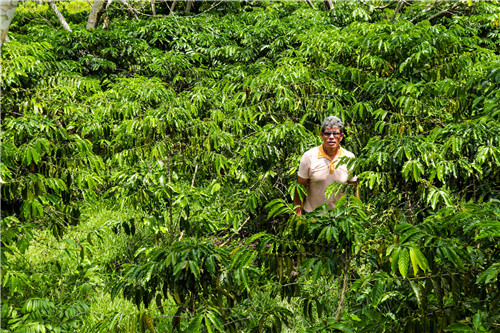
At that time, many immigrants already knew that coffee was grown and that large tracts of treeless land were flooded by sunlight, mixed with pesticides and started the traditional single-planting agricultural system. For more than a decade, Apu í has produced very high levels of coffee. As the soil degraded, farmers began to abandon their plantations around 2012.
In 2012, with the support of the Amazon Institute for Conservation and Sustainable Development (Idesam), Caf é Apu í Agroflorestal became the first coffee in the Amazon state to grow in an agro-ecosystem. The system not only prevented cattle ranches from replacing old coffee plantations, but also doubled coffee productivity in the region.
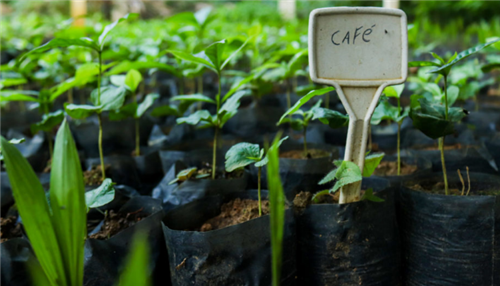
When Idesam experts arrived in the area, they saw an opportunity. In abandoned plantations, forests are growing again, providing organic matter for the soil and shade for fruit trees. Especially the coffee tree, it can adapt to low light very well. This led experts to create a coffee planting model in Apu í based on agroforestry, in which crops are mixed with other plant species. At first, each farmer received money to restore one hectare (2.5 acres) of coffee plantations. These include the distribution of 10,000 seedlings of native Amazon plants in the first two years, including trees that can be used as wood, such as mahogany, and trees that can harvest fruits and seeds, such as cocoa and Brazil nuts, in addition to coffee, these plants bring extra income to farmers.
At the beginning of the Idesam project, coffee growing areas in the region produced an average of only eight bags of coffee beans (60 kg / bag) per hectare, well below the potential of the municipality. With the continuous development and improvement of the project in recent years, the average harvest per hectare in the coffee growing area is 15 bags, and the head of Idesam said that as long as the project continues to develop and improve the project, this number has the opportunity to grow to an average of 25 bags per hectare.
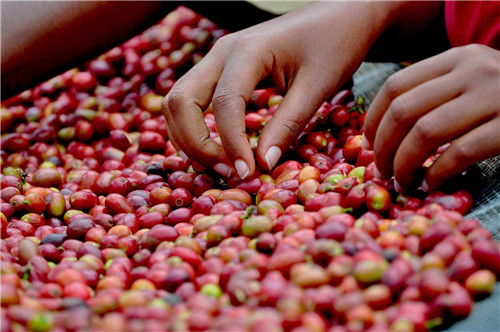
The Caf é Apu í Agroflorestal project is funded by WWF, WeForest and reNature. In October 202, reNature provided a donation of 300000 euros ($36400), with the goal of increasing the number of family farmers from 30 to 200 over the next three years. Farmers who have now joined the program will receive sustained technical support and up to 15000 reais (US $2800) in subsidies for materials, seedlings, machinery and services.
One of the farmers involved in the project said: "We used to grow coffee with little harvest, sold cheaply and made almost nothing." Now, we can sell at a higher price, and the economic situation has relatively improved. We can buy more food and buy refrigerators or stoves for our homes. "
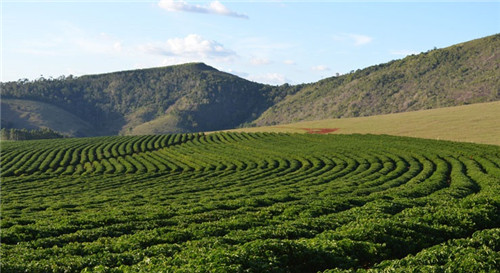
"We will involve more families in this project because we want to create agroforestry corridors connected to all parts of the rainforest," said Reia, project director. The benefits of agroforestry are protecting biodiversity, enriching soil, reducing erosion, protecting water quality and reducing the impacts of climate change.
At the same time, Reia said: "investing in the development of farmers is a way to counter the progress of cattle farmers." These growers need conditions to stay on this land. If they leave their land, the predators will soon enter, and the trees will be cut down to form a vast pasture. " Apu í has one of the highest deforestation rates in the Amazon, mainly through slash-and-burn cultivation. According to the Brazilian Space Agency, a total of 837 fires broke out between January and July 2020, the highest number in the past decade. In July, Apu í was the municipality with the highest number of fires in the state that makes up Brazil's Amazon basin. In 2019, it has one of the 10 cities with the highest deforestation rates in Brazil's Amazon region.
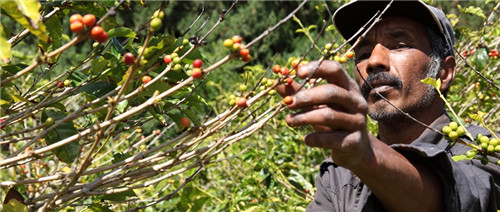
Rising temperatures and changes in rainfall patterns will reduce global Arabica coffee production, reduce quality and increase damage caused by pests and diseases, a 2015 study warned. Researchers at the University of Wageningen (Wageningen University) and the Federal University of Minas Gerat (Universidade de Vi ç osa/UFV) in the Netherlands analysed coffee-growing areas in the Brazilian state of Minas Gerat and ESP í rito Santo and concluded that climate change could lead to a massive loss of land suitable for growing Arabica coffee by 2050. However, the study also shows that the use of agroforestry systems can reduce this loss.
The researchers say Arabica coffee is produced well in an average range of 18 to 23 degrees Celsius a year, while agroforestry creates a microclimate for Arabica coffee trees that can lower the maximum temperature by 5 degrees Celsius. In addition to creating microclimates, these trees increase the chances of pollination and natural pest control of coffee trees. They can also help recover nutrients through the deposition of leaves and branches on the ground. Robusta coffee grown in Apu í is also sensitive to temperature changes. A 10-year study of coffee production on nearly 800 farms in Southeast Asia, published in the journal Global Change Biology, shows that the ideal temperature for producing robusta coffee is 20.5C, and the higher the temperature, the lower the yield of this variety.
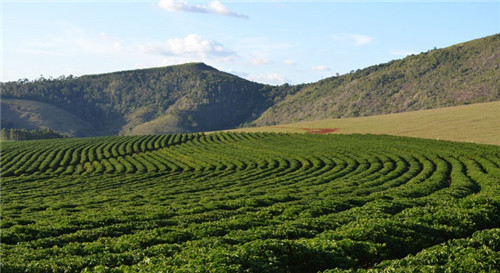
As both coffee varieties are sensitive to climate change, more and more people realize that agroforestry technologies are used in the production of coffee. The researchers say farmers who use agroforestry should know how to plant trees to regulate the amount of sunlight that coffee trees receive at certain times of the year. However, many farmers lack such practical knowledge, which is the main reason for the slow promotion of agroforestry technology.
For more boutique coffee beans, please add private Qianjie coffee on Wechat. WeChat account: kaixinguoguo0925
Important Notice :
前街咖啡 FrontStreet Coffee has moved to new addredd:
FrontStreet Coffee Address: 315,Donghua East Road,GuangZhou
Tel:020 38364473
- Prev
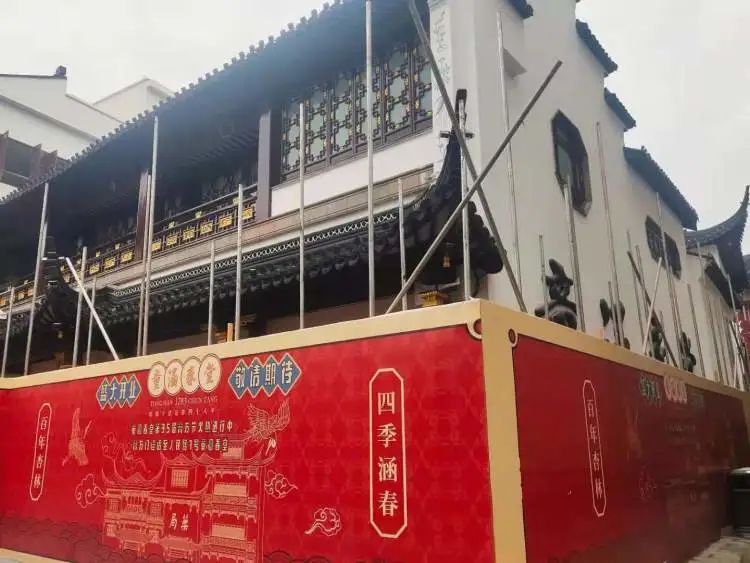
Cross-border products of time-honored brands century-old drugstores have also entered the field of milk tea and coffee!
▲ click to follow | Daily boutique coffee culture magazine coffee workshop cross-border business in different areas has become a popular trend. Tongrentang, a century-old Chinese medicine store, sold coffee across the border. Recently, another century-old Chinese medicine store began to sell drinks across the border. According to reports, this century-old brand is called Tonghan Spring Hall.
- Next
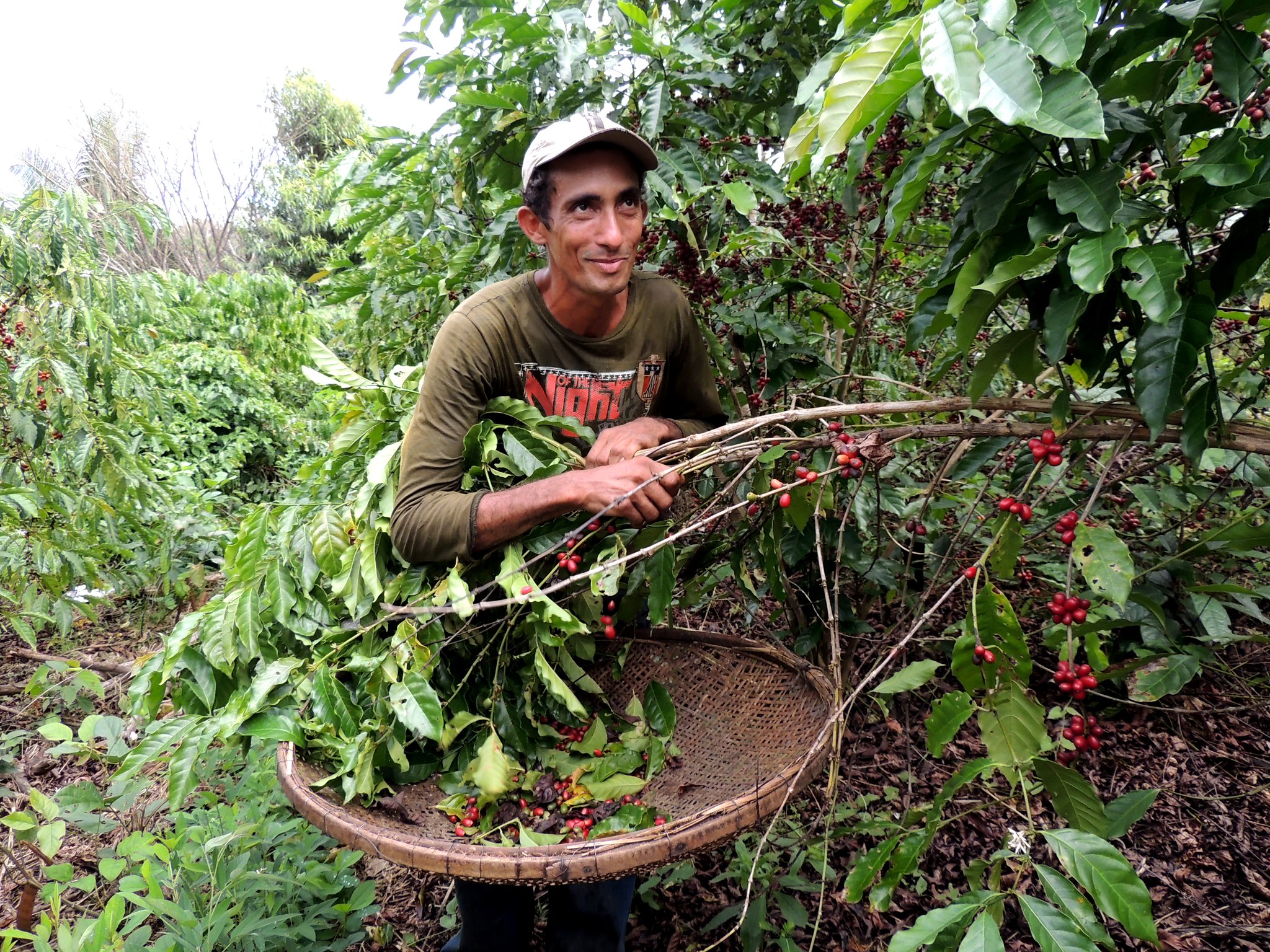
Nicaraguan coffee ripe but no one harvests climate change pressure motivates local workers to choose to emigrate
Professional coffee knowledge exchange more information about coffee beans Please follow the coffee workshop (official Wechat account cafe_style) in January the coffee harvest season in Matagalpa, Nicaragua has begun, but many farms do not have workers to harvest it. A Nicaraguan grower said: the fruit is ripe, but most of it can only fall to the ground. Mining in Nicaragua in recent years
Related
- The milk tea cup becomes smaller?! Overlord Tea Girl launches a new "Return to Yunnan" series
- Accused of selling counterfeit and high-priced coffee beans! Well-known boutique coffee brand "Oukelao" bowed and apologized!
- How to make espresso dumplings? Can I eat coffee and glutinous rice balls together?
- Save the unformed and stagnant powder cakes in one second! What is the problem with stagnant water in the powder bowl of the espresso machine?
- What does hand-brewed coffee stop mean? Why is it not recommended to make coffee by hand?
- Is it normal to smell like coffee? Why does coffee smell like alcohol? What's wrong with the strong smell of cold extract ice dripping ice brewed coffee?
- How to solve the problem that hand-brewed coffee extraction takes too long? Why is the water flowing so slowly when making coffee?
- The main points of making Australian white coffee, the proportion details, how does Australian white properly foam and blend the flowers?
- Can ice water make cold extract coffee? What is the difference between room temperature water and ice water for making cold coffee?
- What milk is best for making latte and white Dirty coffee? What is the difference between different brands of fresh milk and pure milk for making coffee?

